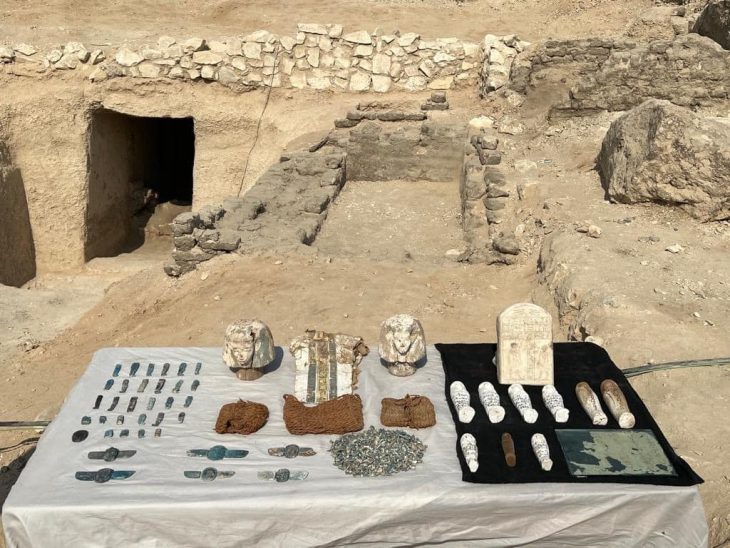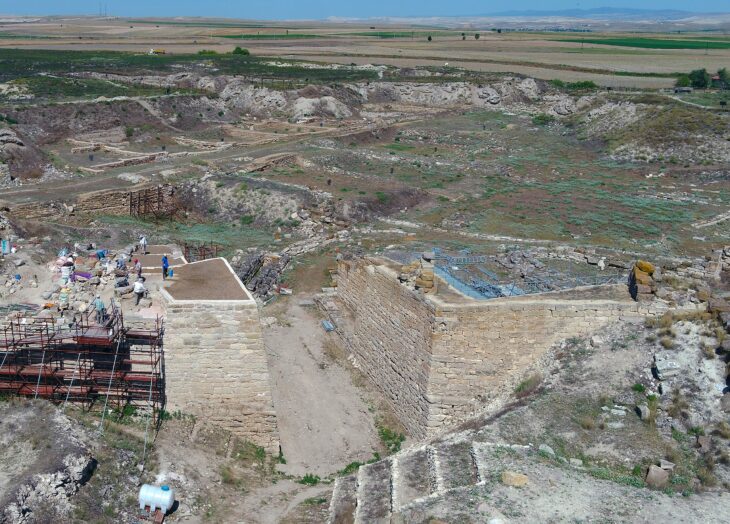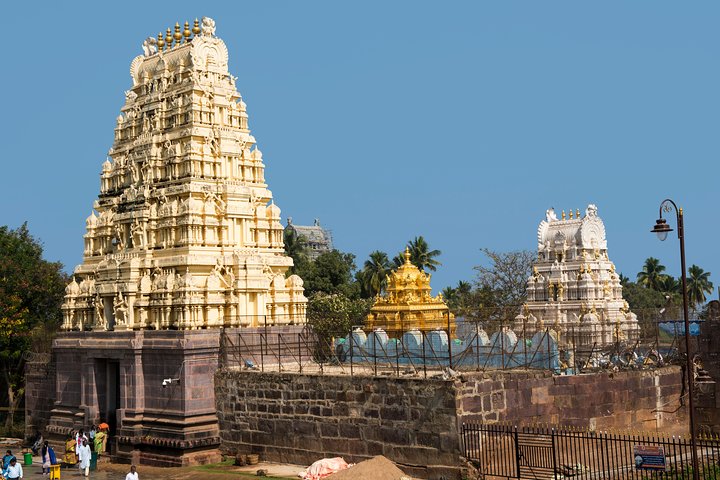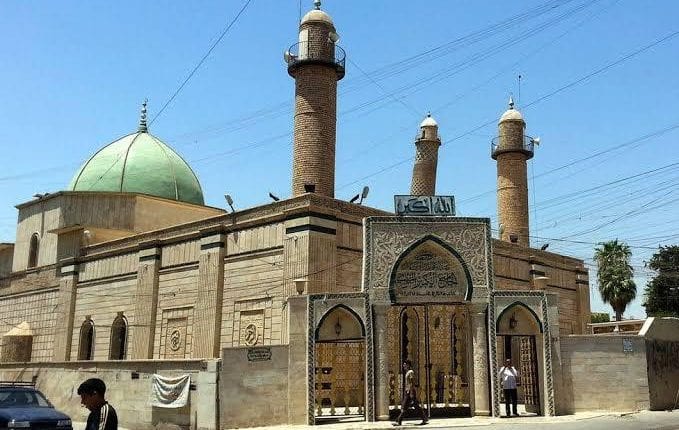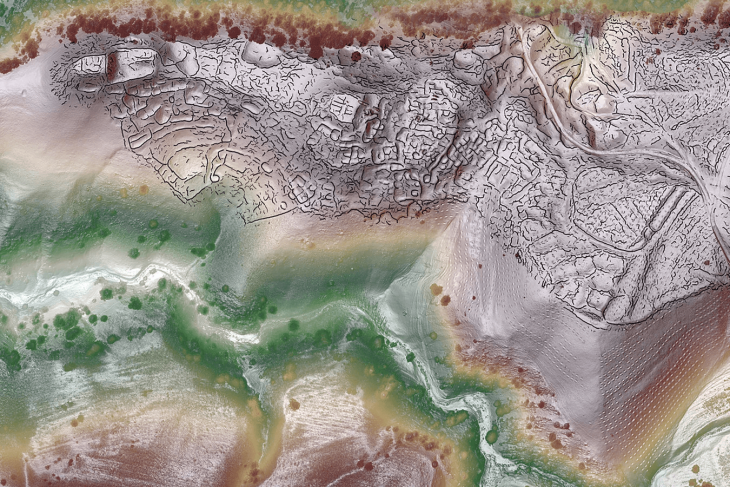Archaeologists from the Peru Ministry of Culture have discovered an ancient ceremonial temple complex at Los Paredones de la Otra Banda – Las Ánimas Archaeological Complex near Nazca, Peru.
During excavations at two archaeological units on the site, researchers discovered the first evidence of monumental religious architecture dating back to the formative period.
The Inca civilization was well-known for its sophisticated architectural accomplishments and wide-ranging influence throughout the Andean region prior to the Spanish conquest. However, according to this discovery, the region’s sophisticated building techniques date back several millennia before the Incas.
During Topa Inca Yupanqui’s rule (AD 1471–1393), the tenth Sapa Inca of the Inca Empire and the fifth of the Hanan dynasty, Los Paredones served as an Inca administrative center. The town was built by the Incas not far from the famous Nazca lines in the Nazca Desert and Cahuachi, the ceremonial hub of the Nazca civilization.
After excavations began on June 3, the researchers discovered what was left of the walls of a multistory temple. According to a translated statement from the Peruvian Ministry of Culture, wedged between the walls were the skeletons of three adults.

Archaeologists estimate that the walls of the temple date back about 5,000 years. These ancient structures were constructed using smashed mud, demonstrating the advanced building methods employed by early civilizations in the region.
Several noteworthy features are revealed by the archaeological findings at the religious site. The main feature is a staircase that leads up to a platform or stage, which is probably meant to serve as the focal point of rituals. It is especially intriguing to find an anthropomorphized carving that incorporates features from several species. This unusual artifact depicts a figure with a human body, a bird’s head, feline features, and claws that resemble reptiles.

These results have led researchers to the conclusion that special ceremonies were probably held in this space. Archaeologists discovered a color painting that is still intact on one of the temple walls, adding to the historical significance of the site and shedding light on the artistic practices of the era.
The burials, which contain offerings wrapped in cloth, offer evidence that this could have been the site of a sacrificial ritual.
Researchers also unearthed another monument dating to sometime between A.D. 600 and 700, which would have been during Peru’s Moche period.
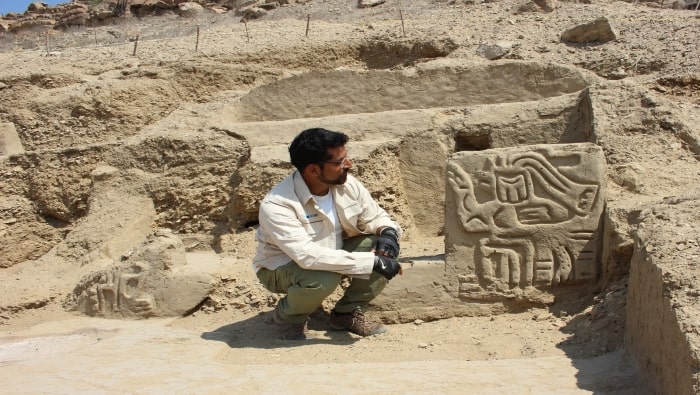
The Moche people, who offered human sacrifices, are renowned for their elaborate temples and exquisite artwork, which includes goblets fashioned like human heads made of ceramic.
Cover Photo: Peru Ministry of Culture




